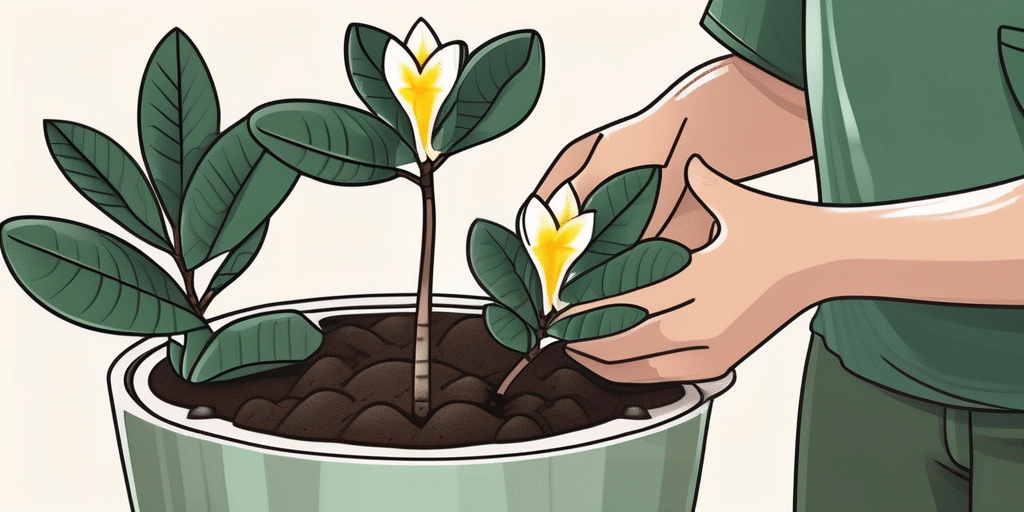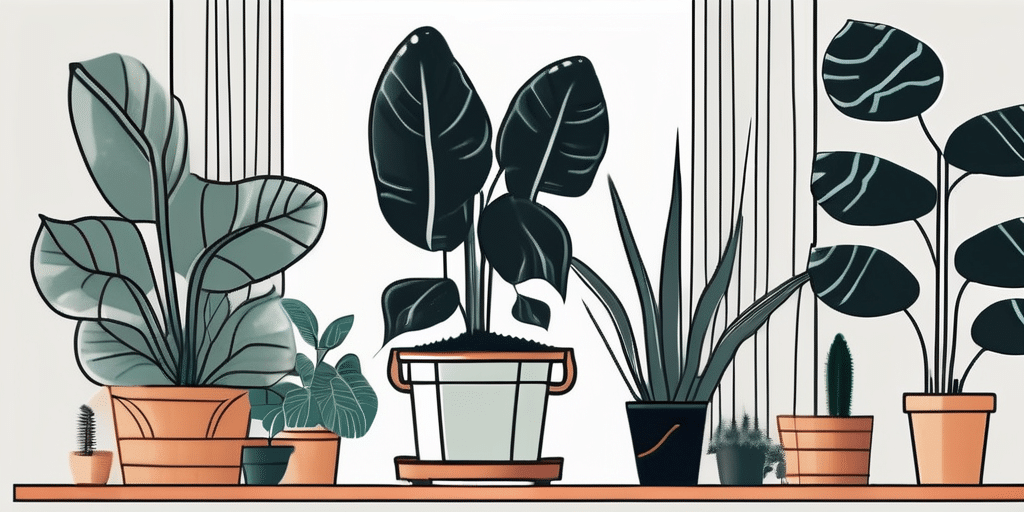Monstera, also known as the Swiss cheese plant, is a popular houseplant due to its unique, tropical foliage. Propagating monstera is a simple and rewarding process that allows you to multiply your collection without spending more money. This guide will take you through the steps of monstera propagation and provide tips for successful growth.
Understanding Monstera Propagation
Propagation is the process of growing a new plant from a part of an existing one. In the case of monstera, this is usually done through stem cuttings. The cuttings are placed in water or soil where they develop roots and eventually grow into a new plant.
Monsteras are native to the tropical rainforests of Central and South America, which means they thrive in warm, humid conditions. Understanding their natural habitat can help you create the optimal environment for propagation.
The Importance of Node in Monstera Propagation
The node is a critical part of monstera propagation. It is a small, brownish bump located on the stem of the plant, from which new leaves and roots grow. When taking a cutting for propagation, it’s essential to include at least one node.
According to the University of Florida’s IFAS Extension, nodes contain meristematic cells, which are capable of differentiating into various types of plant tissues. This is why nodes are crucial for successful propagation.
How to Propagate Monstera
Now that you understand the basics of monstera propagation, let’s dive into the step-by-step process. Remember, patience is key – it may take a few weeks for your cutting to develop roots.
- Choose a healthy, mature monstera plant. Look for a stem with several leaves and at least one node.
- Using a clean, sharp pair of scissors or a knife, make a cut just below the node. Make sure the cutting is at least six inches long.
- Place the cutting in a jar of room-temperature water, ensuring the node is submerged. Alternatively, you can plant the cutting directly in soil.
- Keep the cutting in a warm, well-lit area, but out of direct sunlight. Change the water every week, or keep the soil moist.
- Wait for roots to grow. This can take anywhere from two weeks to a month.
- Once the roots are a few inches long, you can plant the cutting in a pot with well-draining soil. Water thoroughly.
Caring for Your Propagated Monstera
Once your monstera cutting has been potted, it’s time to focus on care. Monsteras are relatively easy to care for, but there are a few key factors to keep in mind.
Light Requirements
Monsteras prefer bright, indirect light. Too much direct sunlight can burn the leaves, while too little light can stunt growth and lead to leggy, sparse foliage. A north or east-facing window is often ideal.
The University of Minnesota Extension recommends rotating your monstera every few weeks to ensure all sides of the plant receive equal light. This can also help the plant grow more evenly.
Watering and Humidity
Monsteras like their soil to be consistently moist, but not waterlogged. Overwatering can lead to root rot, a common issue in houseplants. The top inch of soil should be allowed to dry out between waterings.
As tropical plants, monsteras also appreciate high humidity. You can increase humidity by misting the plant, placing it on a tray of pebbles and water, or using a humidifier.
Fertilizing and Pruning
Monsteras benefit from regular fertilization during the growing season (spring and summer). A balanced, water-soluble fertilizer can be used every two to four weeks.
Pruning can help control the size of your monstera and encourage bushier growth. Simply cut back any unwanted growth at the stem. Remember, these cuttings can be used for propagation!
Common Problems and Solutions
While monsteras are generally easy to care for, they can occasionally encounter issues. Here are some common problems and their solutions.
Yellow Leaves
Yellow leaves can be a sign of overwatering. Check the moisture level of the soil and adjust your watering schedule as needed. If the problem persists, you may need to repot the plant in fresh, well-draining soil.
Brown Spots
Brown spots on the leaves can be caused by several factors, including under-watering, low humidity, or a fungal infection. Adjust your care routine as needed, and consider using a fungicide if you suspect an infection.
Leggy Growth
If your monstera is growing tall and spindly with few leaves, it may not be getting enough light. Try moving it to a brighter location.
In conclusion, propagating monstera is a rewarding process that allows you to grow new plants from cuttings. With patience and the right care, you can have a thriving monstera collection in no time.
Join the How to Grow Everything Community
Ready to take your gardening skills to the next level? Subscribe for free to How to Grow Everything and learn how to build the garden of your dreams! Receive personalized gardening advice tailored to your location, grow zone, and experience. Enjoy the best gardening tips, special offers, and deals delivered straight to your inbox – all 100% free. Become part of our family and expand not just your monstera collection, but your entire gardening repertoire. No spam, just pure plant-growing knowledge from our family to yours.





